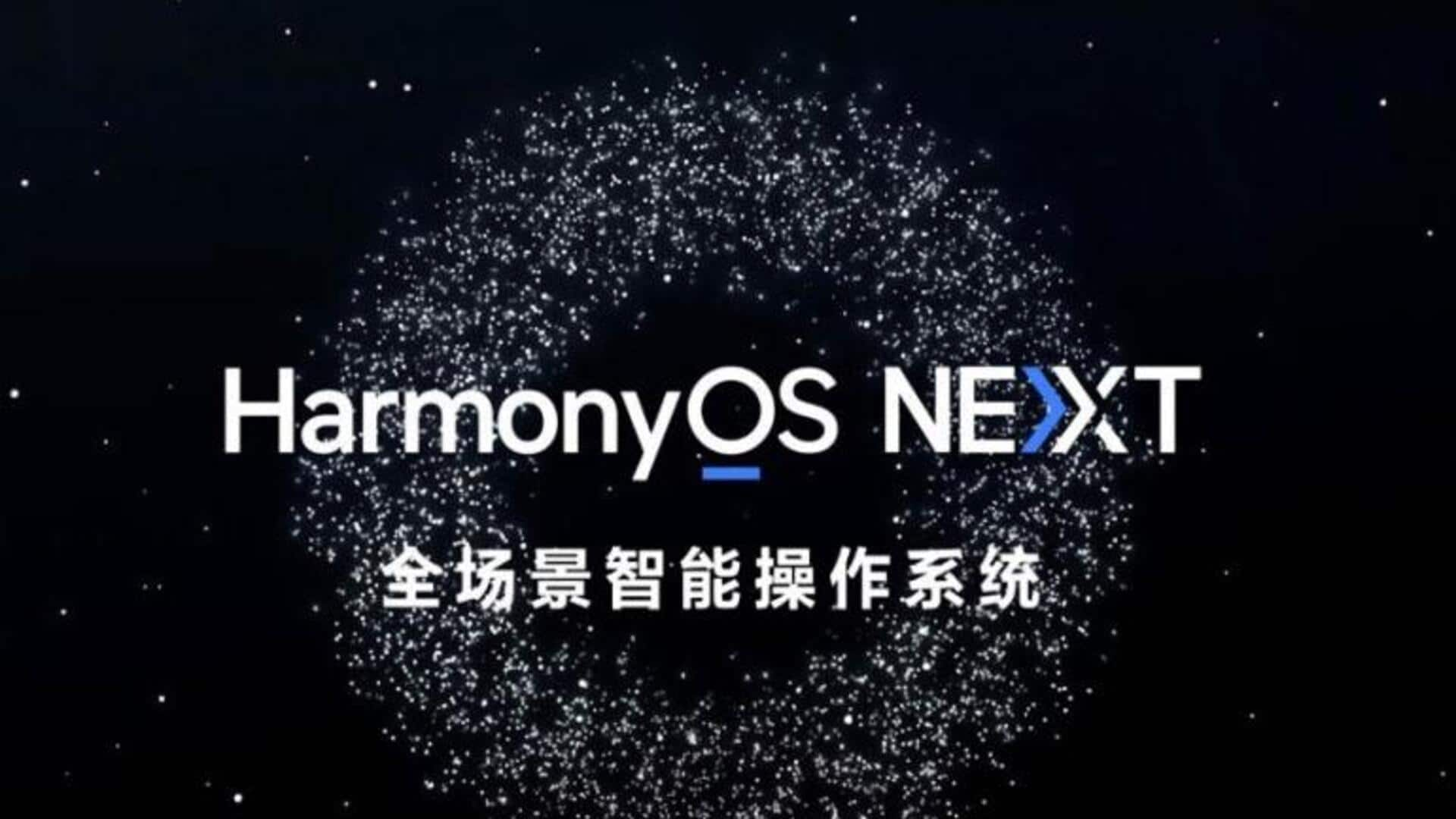
Huawei's new OS integrates AI, improves performance, reduces power consumption
What's the story
Huawei has officially introduced the HarmonyOS NEXT at the Huawei Developer Conference (HDC) 2024.
This new operating system (OS) marks a significant shift from Huawei's previous Android-based systems.
Built on OpenHarmony, HarmonyOS NEXT features a microkernel-based core distributed operating system and is not based on Android or Linux.
Currently, the HarmonyOS NEXT (beta) is only available in China, and Huawei's future plans for the OS remain undisclosed.
Compatibility
A departure from Android compatibility
HarmonyOS NEXT only supports native APP apps via Ark Compiler with Huawei Mobile Services (HMS) Core support, eliminating native compatibility with Android APK apps and files.
Despite this change, the new OS maintains a familiar user interface. It's important to note that this is specific to the smartphone version; HarmonyOS NEXT will also function on other devices.
Information
HarmonyOS next promises enhanced efficiency
Huawei asserts that the new architecture of HarmonyOS NEXT will boost overall performance efficiency by 30%. The company also anticipates a tripling in connectivity speed, resulting in quicker device connections. Furthermore, the new OS is expected to reduce overall power consumption by 20%.
Features
It features unified architecture and AI capabilities
HarmonyOS NEXT offers a unified architecture that merges local and cloud facilities.
The OS emphasizes interconnectivity, enabling users to share content or connect applications across devices without multiple steps or installation processes.
Additionally, the system integrates AI capabilities with native features like image generation, AI sound repair, and reading assistance for individuals with speech or vision impairments.
Information
The new OS delivers high-level multimedia performance
HarmonyOS NEXT promises to deliver high-level multimedia performance with support for Ark Multimedia Engine, Ark Graphics Engine, and FFRT. The latter reportedly provides PC-level ray tracing for games.